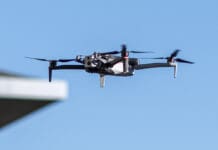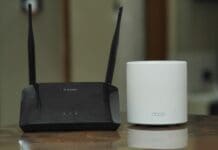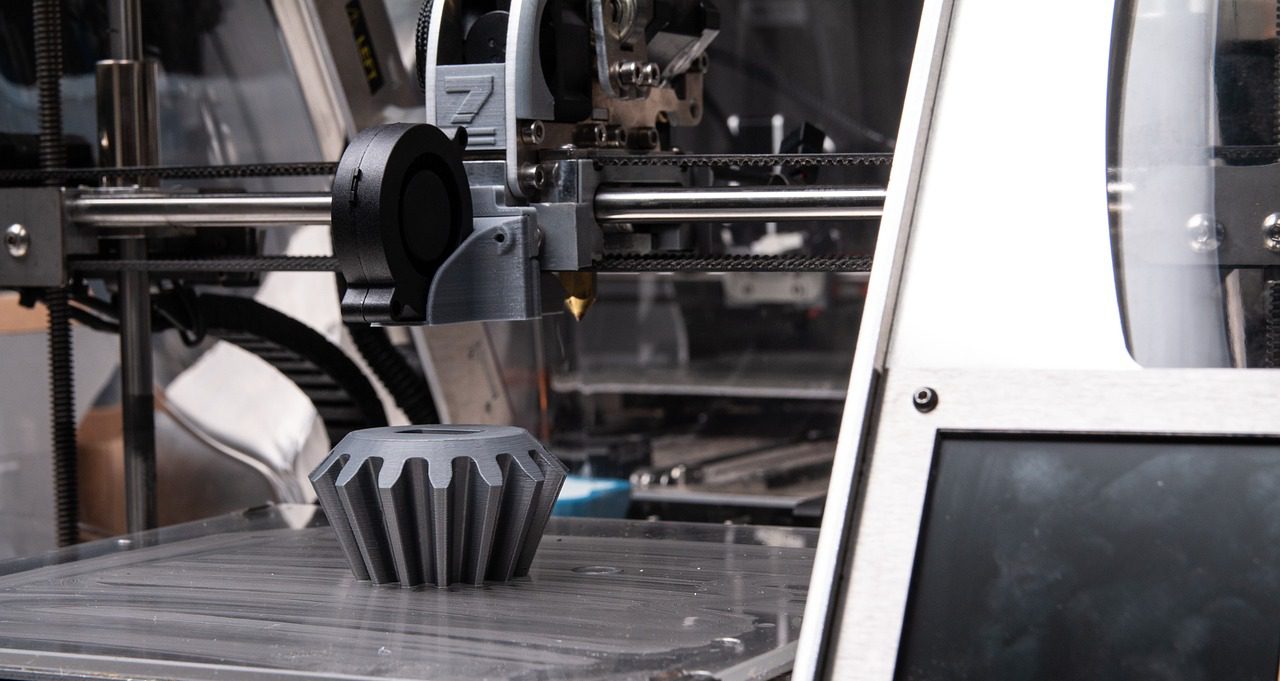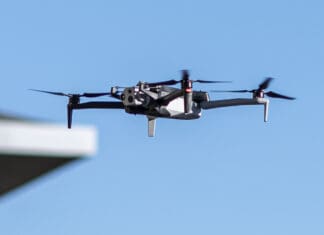This post is also available in:
 עברית (Hebrew)
עברית (Hebrew)
CES 2019 electronics show reflected some major shifts that will characterize world technology in the near future. Four trends stood out above the others, according to cnet.com:
AI – Tech that adapts to you
Artificial intelligence pervaded the CES. While AI advances in self-driving cars were the most impressing, it was the AI battle between Amazon Alexa and Google Home voice-powered smart speakers that attracted high attention.
The rest of the AI on display at CES was more subtle. It’s the software and algorithms that make phone cameras, 4K TVs, ovens, vacuum cleaners and other devices much smarter.
This reflects an important shift in the technology world. Up until now, most technologies centered around people having to learn and adapt to the tech, making user interface a priority — the ones that were the easiest for people to learn were often the ones that made the biggest impact. Now, with AI, technology is adapting itself to each person and each scenario. And that new paradigm took a big step forward this year.
5G Network
Beyond more connectivity and faster connections, entrepreneurs and developers are bringing connectivity and intelligence to more new places and things — and with it comes a world of new possibilities that are about to be enhanced and accelerated by 5G. In fact, IoT technology faded into the background and became part of everything, while 5G will unleash a tidal wave of new projects.
V2X for the benefit of community
A greater emphasis was reflected on technology that could make a larger impact on society.
During CES, it was announced that Ford would integrate Qualcomm’s “vehicle-to-everything” (C-V2X) technology across its fleet of vehicles in 2022. This C-V2X technology will allow cars to automatically communicate with other cars, buildings, roads, traffic signals and literally see around corners. This will enable higher-level collision avoidance between vehicles as well as pedestrians and bicyclists, and improve traffic management and fuel efficiency.
Resilience
A new emphasis was evident on coping with natural disasters and climate change, making clear that technological innovation should focus on preparedness and recovery, aiding the continuity of critical infrastructure. Greater focus was put around technologies that can help communities better protect against and recover from natural disasters, resolve water crises, improve food security, support first responders and make communication networks strong enough to survive epic storms.
Sleep tech
Sleep tech has become a field of its own, separetely from health tech. Its emergence as one of the hottest new categories at CES reflected the fact that Americans especially are getting less sleep than ever. Sensors were added to smart beds, enabling an app that can give you data on your sleep patterns. They can connect to other health tech such as your fitness tracker and then give recommendations on how to adjust your daily patterns to improve sleep. Smart sleep masks and headbands, special lighting and sound products to help you fall asleep and stay asleep, and more were part of the wealth of technologies in this field.
























